
Ancient Encounters
Agra India Echoes of Emperors
Mother Masala Tours
Agra India Beyond the Taj
Agra India Echoes of Emperors. The name is of Sanskrit "Agarvatika," - place of flowers. Its history dates to the 11th century when it emerged within regional kingdoms. Under Iltutmish in 1236, Agra gained prominence in the Delhi Sultanate. The city flourished during the Mughal Empire era, establishing Mughal rule in India. His grandson Akbar made Agra his capital, developing it into a cultural and political center with structures blending Persian and Indian influences. Shah Jahan, who commissioned the Taj Mahal. Following Mughal decline, the city experienced power struggles, falling under Maratha and later British East India Company control. Today, Agra hosts a diverse population exceeding 1.7 million.
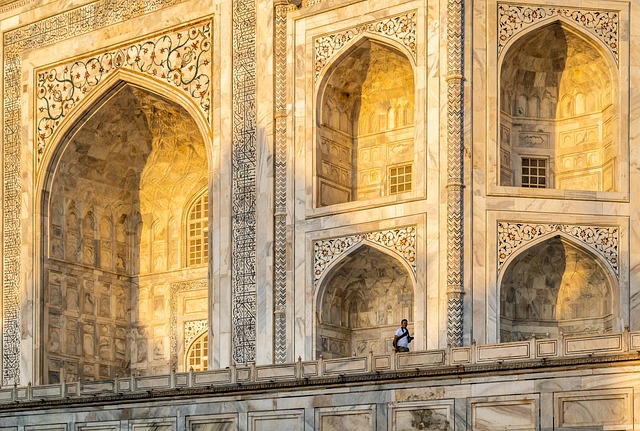
Agra India Echoes of Emperor: Sacred Spaces
Home to numerous historical artifacts and sacred spaces that tell the story of its rich heritage. While the city is known for its famous buildings, many lesser-known structures also reflect its artistic beauty. Notably, the intricate carvings in local mosques and shrines date back to the Mughal Empire era. The Gurudwara and various temples express the spiritual diversity that has thrived in the city, each contributing layers to its identity. As a Unesco World Heritage Site, this place bears witness to the brilliance of human creativity, making it a vital place for those visiting India.
Ancient Mosaics: Impeccable Craftsmanship
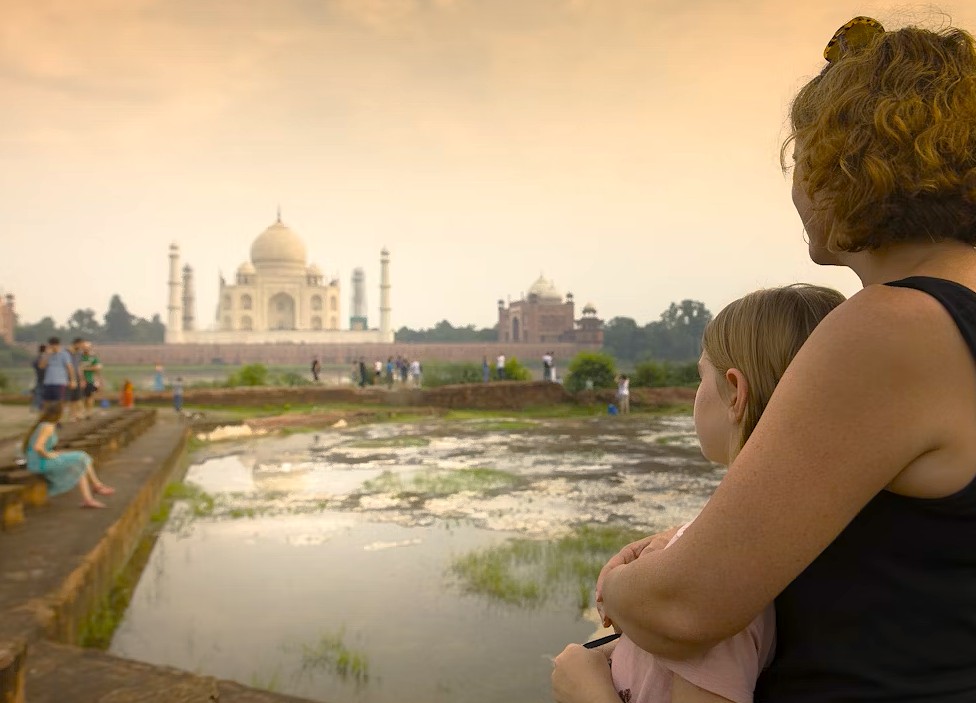
Agra India Echoes of Emperors. A city where history and artistry intertwine. The craftsmanship seen throughout the city is iconic, exemplified by the marble work and inlay techniques. During the great Mughal rule, skilled craftsmen utilized ancient techniques like Pietra dura. Here, semi-precious stones were meticulously inlaid into flawless marble to create extraordinary, intricate patterns. These designs often depicted delicate floral motifs and complex geometric shapes. Each tiny stone was cut and fitted with remarkable precision by the artisans. This meticulous process required great patience and skill.
The Pulse of the Local Community
The community is characterized by its friendliness and hospitality. Residents are deeply proud of their heritage, often eager to share stories about the city’s past and its cultural contributions. The atmosphere is generally warm and welcoming, creating a sense of belonging for those who live and experience daily life here. The local markets are filled with engagin.g activity, where the vibrancy of everyday life resonates with the historical significances surrounding them.
Capturing the Magic: A Photographic Haven
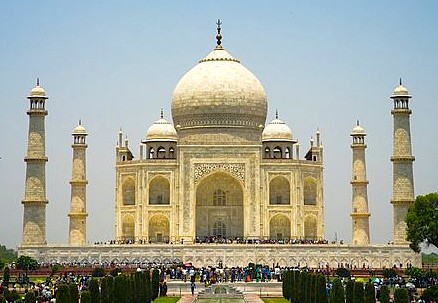
In the heart of Agra, photography enthusiasts will find countless opportunities to capture stunning images. The city's landscapes offer a blend of historical structures and bustling street scenes. Diverse compositions appeal to both amateurs and professionals. Each sunrise over the Taj Mahal creates a brilliant backdrop for us. Bustling marketplaces offer colorful glimpses of daily life. We can walk through forts where light plays on sandstone walls. We visit the ghats where locals gather at dusk. The vibrant colors of spices and textiles fill the busy marketplace stalls.
Ancient Technologies: Sacred Sound, Geometry & Astrological Influences
Agra India Echoes of Emperors. Boasting a rich history of ancient technologies used in its temples and structures. The use of sacred geometry is evident in the layout of many significant buildings, which is believed to influence energy and sound vibrational frequencies within the spaces. The Taj Mahal, for instance, utilizes these principles to create a peaceful ambiance that resonates with visitors. Constructed with local sandstone and marble, these materials facilitate sound quality and reverberation, enhancing the spiritual experience. While specific Solefeggio frequencies may not directly apply to Agra's famous structures, the underlying principles of balance and harmony within the design are apparent.
The Connection with the Gods
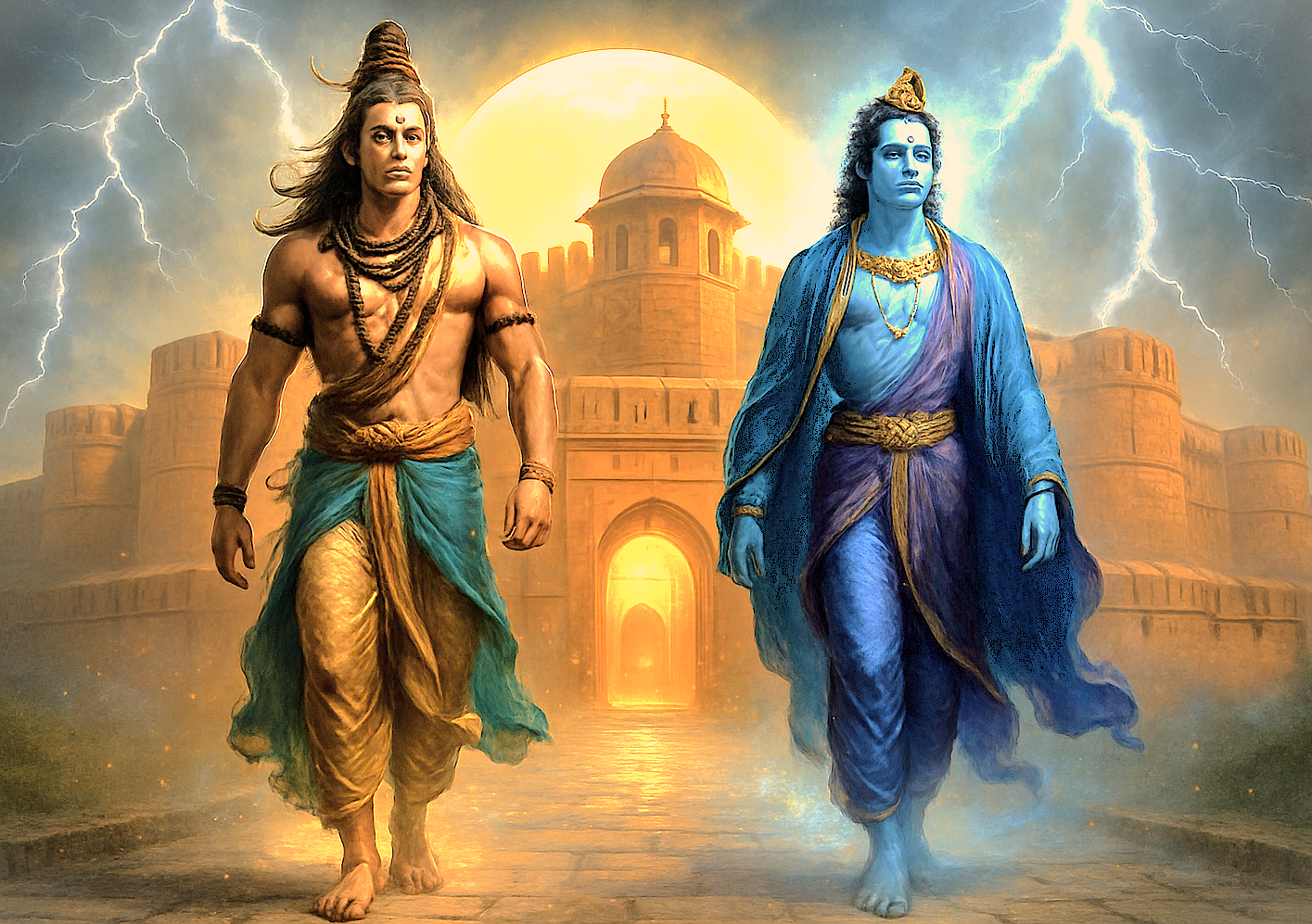
Local deities are pivotal to Agra's spiritual landscape and cultural fabric. The city deeply connects to Krishna, as it is an integral part of the sacred Braj Bhoomi region where he spent his youth. Similarly, Shiva’s presence is profound, with ancient folklore stating that four main Shiva temples diligently guard Agra’s corners. These temples actively protect the historic city from any perceived evil forces. The stories enhance the connection with powerful legends of divine interventions. These have shaped the lives of locals for centuries now. People here honor these figures through their daily rituals and annual festivals.
Festivals of Devotion: Honouring the Sacred and the Divine
Agra India Echoes of Emperors. Various festivals are observed reflecting the spiritual diversity of the city. Eid, observed by the Muslim community, is celebrated with great fervor, marking the end of Ramadan. The joyous atmosphere fills the streets with festive activities, traditional foods, and gatherings at mosques. Diwali, the festival of lights, illuminates homes with lamps and candles, while families come together to celebrate. Others include Holi, where color and joy fill the streets during this spring festival.
Serendipitous Meetings: Beyond the Main Path
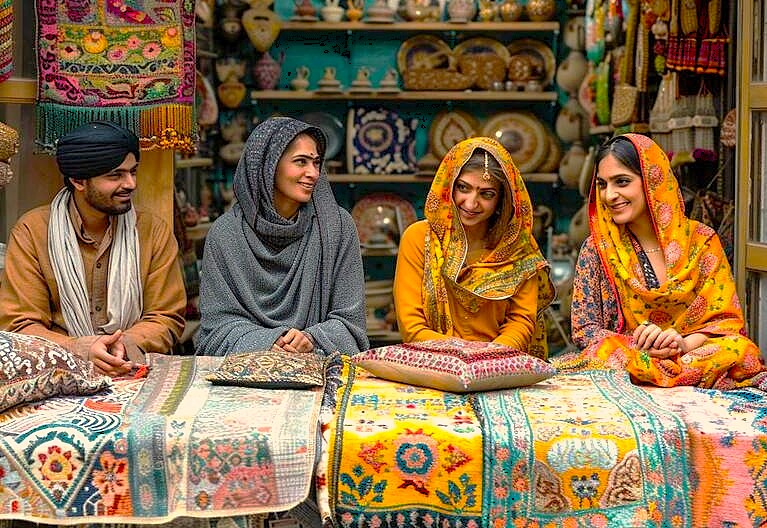
Exploring the streets of Agra leads to many unexpected discoveries, from artisans crafting beautiful hand-woven textiles to street vendors selling traditional snacks. The bazaars reveal a wonderful array of goods, including handmade pottery and intricate wooden handicrafts. We find unique jewelry and colorful leather items as we wander through the stalls. Venturing off the beaten track allows us to experience the daily rhythm of life. We gain authentic glimpses into craftsmanship that might otherwise go completely unnoticed. Observe the skilled hands shaping clay or carving wood with precision.
A Culinary Journey: Savor the Flavour
Agra is known for its rich culinary heritage, particularly the famous Agra Petha, a sweet made from ash gourd preserved in sugar syrup. Another celebrated local dish is Biryani. Here, it is often prepared using the traditional ‘dum pukht’ method, where layers of fragrant basmati rice and marinated meat are slow-cooked in a sealed pot. This technique allows the complex blend of spices to infuse every grain of rice and tenderize the meat perfectly.
Urban Legends: Strange Sightings, Myths and Mysteries
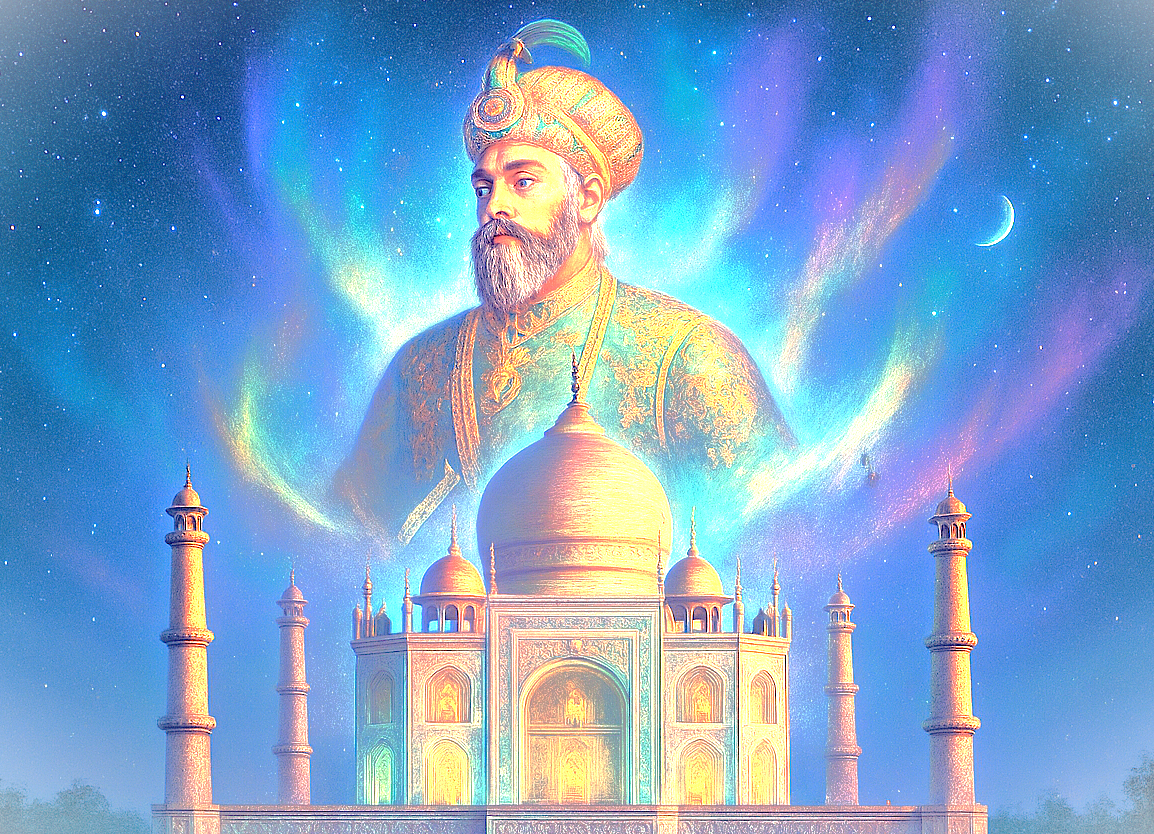
Agra not only dazzles with its monuments but also captivates with urban legends that fuel the city’s lore. A particularly poignant tale centers around Shah Jahan, the Mughal emperor who built the Taj Mahal for his beloved wife, Mumtaz Mahal. According to local legend, after his passing, Shah Jahan’s spirit roams the Taj grounds at night, longing for his lost love. Some describe a ghostly figure dressed in regal Mughal clothes, drifting through gardens and marble corridors, lost in sorrow. This tale adds a layer of quiet mystery to the grand monument. Local people sometimes speak of unexplained phenomena near the site.
Resilience and Renewal: Overcoming Adversity’s Challenges
Agra has endured many challenges throughout its history. The devastating 1857 Rebellion served as a turning point for the city, as residents faced fierce battles and turmoil. Rebuilding efforts after the destruction demonstrated the strong communal spirit, allowing the city to recover and thrive once again. In later years, the restoration of key historical sites further facilitated this resilience, displaying how the people of have consistently adapted to adversity while preserving their cherished cultural heritage. This journey of renewal emphasizes the strength of the community and their commitment to maintaining their identity.
Holy Cow, This is Going to Be Epic
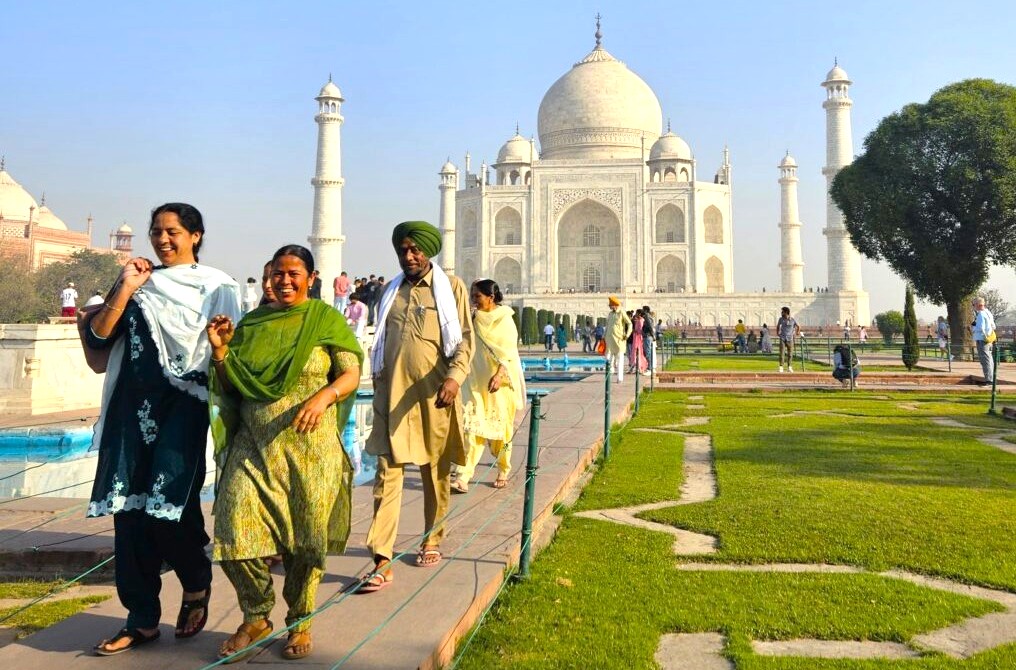
Join us on a journey through Agra, delving into its rich history, amazing culture, and stunning sites that define this historical city. We will explore the stories of bygone eras, savor local delicacies, and engage with the friendly community that breathes life into this historic destination. As we walk through Agra's ancient streets, we'll discover magnificent monuments and hidden gems beyond the famous Taj Mahal and Agra Fort. The grand Mughal architecture stands tall, reflecting centuries of intricate artistry and detailed design.
Symphony of Generosity: Offerings from Wanderers to Residents
The interchange between those who explore and the local community enriches both parties. When we engage with local artisans and support their craftsmanship, we contribute to the preservation of age-old traditions. This relationship fosters mutual respect and understanding, creating a harmonious balance that benefits everyone involved. By participating in local markets and enjoying traditional meals, we enhance the economic stability of the community while learning about the cultures and practices that have shaped Agra into the historical treasure it is today.